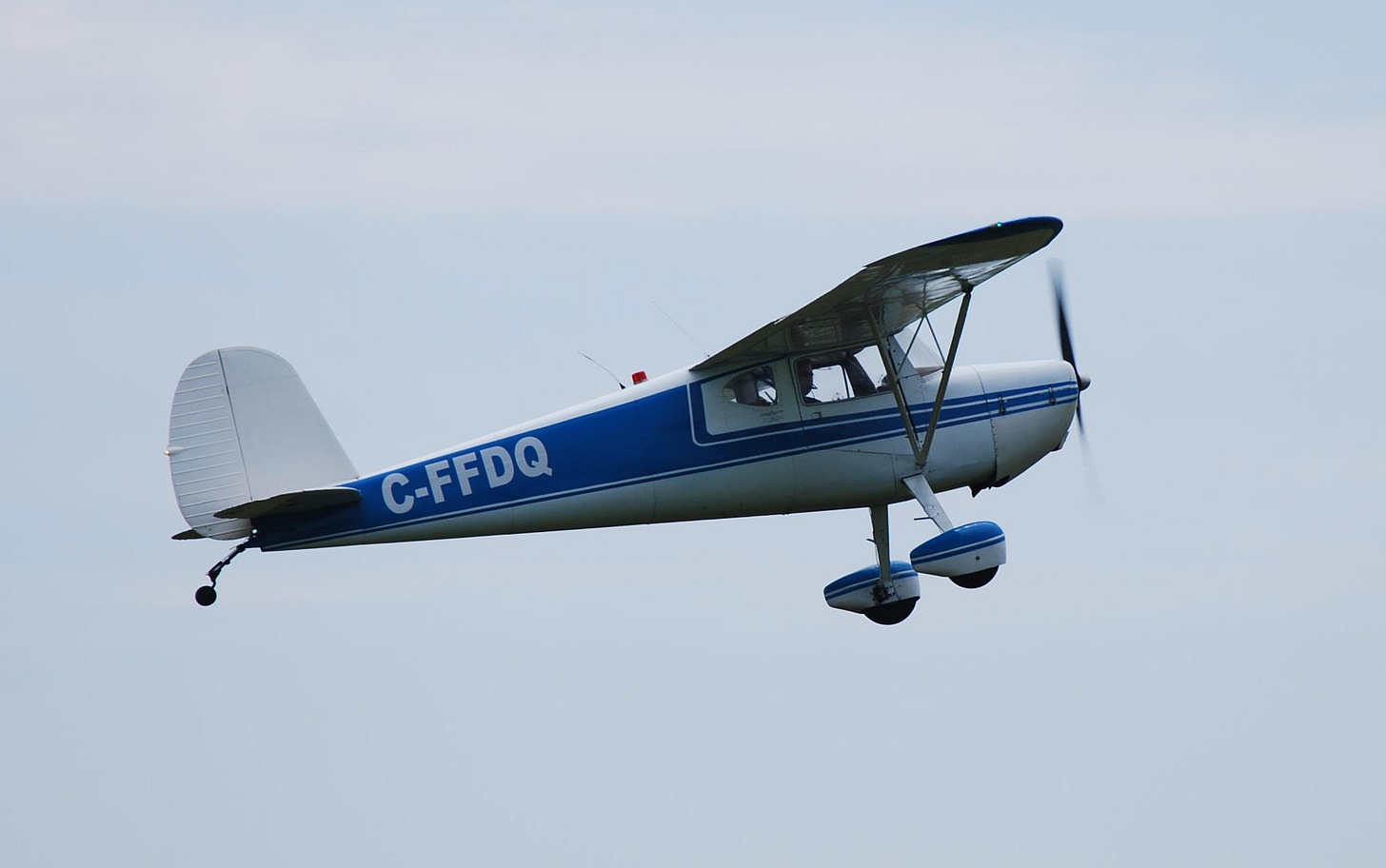The Owner Maintenance (OM) category of aircraft is an odd duckling unique to Canadian aviation. Initially presented as part of Transport Canadas (TC) Recreational Aviation Policy in 1996, the new category was not entered, unrestricted, in the Canadian Aviation Regulations (CARs) until the spring of 2002.
The OM category, as the name implies, allows owners to perform their own maintenance on their aircraft. TC describes OM as the following
“Except where specifically stated to the contrary, Special Certificate of Airworthiness – Owner- maintenance aircraft are subject to the same maintenance regulations as other aircraft. The effect of the flight authority “Special Certificate of Airworthiness - Owner-maintenance” is to allow the release of maintenance by the owner of the aircraft, provided they are also licensed pilots.
Maintenance on owner-maintenance aircraft must be performed in accordance with CAR 571.02, which calls for proper practices and the use of the correct tools, manuals, and instruments; records have to be kept in accordance with CAR 507.03 and 605.92. All modifications and repairs to owner-maintenance aircraft must be performed in accordance with at least “acceptable data”, as defined in CAR Standard 571.06.”
The wording is very specific here, parts and processes can not be haphazardly applied. In essence, you can perform the same work as an AME but you also need to follow the same due process as an AME
This wording can be found here: Transport Canada Recreational Aircraft Airworthiness
There are advantages to this category of aircraft. By performing your own maintenance, you can save time and money, you also learn the inner workings of your aircraft, technical manuals, as well as parts, instrumentation, and other requirements many owners never have the opportunity to learn.
Another advantage is that your aircraft will have been built by a manufacturer, not a kit built by an individual. This offers peace of mind for some owners, as it removes possible inconsistency in build quality.
Things to know
CAR 507.03(6) has specific requirements for an aircraft to receive the OM designation, including:
(b) Each aircraft in respect of which a Special C of A - Owner-maintenance is in effect, is marked on the side of the fuselage, in a position that is readily visible to persons entering the aircraft, in letters at least 10 mm (3/8 in.) high and of a colour contrasting with the background, with a placard containing the following statement:
WARNING
SPECIAL CERTIFICATE OF AIRWORTHINESS - OWNER-MAINTENANCE
THIS AIRCRAFT DOES NOT COMPLY WITH INTERNATIONALLY RECOGNIZED AIRWORTHINESS STANDARDSAVIS
CERTIFICAT SPÉCIAL DE NAVIGABILITÉ - MAINTENANCE PAR LE PROPRIÉTAIRE
CET AÉRONEF N’EST PAS CONFORME AUX NORMES DE NAVIGABILITÉ
INTERNATIONALES RECONNUES(c) Each aircraft in respect of which a Special C of A - Owner-maintenance is in effect, and each engine, propeller and life-limited part installed on such an aircraft, has the letter “X”; permanently etched, engraved or stamped at the end of the model designation and serial number on the identification plate required by CAR 201.01.
(e) An aircraft type and model may be included in Appendix H of this Standard, Aircraft eligible for a Special Certificate of Airworthiness - Owner-maintenance”, where:
(i) the aircraft is of a type certified in accordance with Chapters 522 or 523 of the Airworthiness Manual, or an equivalent foreign standard;
(ii) the aircraft type certificate does not authorize more than four occupants;
(iii) the maximum certificated take-off weight (MCTOW) of the aircraft does not exceed 1,814 kg (4,000 pounds);
(iv) the aircraft is of a type and model that has not been manufactured during the 60 months preceding the date of application;
(v) fewer than 10% of Canadian aircraft of the type and model concerned are operating in Canadian commercial air service at the time of application;
(vi) the aircraft type and model is powered by a single, normally aspirated, piston engine, and is unpressurized; and
(vii) except for gliders, powered gliders or aircraft with airframes of wooden construction, the aircraft type and model has a fixed landing gear and a fixed pitch propeller.
These requirements and restrictions can be detrimental to your aircraft’s value. The wording on the placard “THIS AIRCRAFT DOES NOT COMPLY WITH INTERNATIONALLY RECOGNIZED AIRWORTHINESS STANDARDS” can be a concern for some passengers who are unfamiliar with what this really means.
In addition, stamping an “X” on your aircraft and component data plates, make them unusable for certified aircraft of the same type. This means it is extremely difficult to ask for certified aircraft pricing when selling your OM aircraft. Should you ever decide to remove those Xs, and return the aircraft to the certified category, the aircraft, engine, prop, and any other life-limited part would require a complete inspection, and most likely an overhaul, to certify that they are in conformance with their original type design. The cost to do this would far exceed the market value of the aircraft, and even then, Transport Canada may still have concerns. Basically, once an aircraft is transferred to OM, it will likely be a permanent move.
Unfortunately, there have been cases of OM aircraft owners not following the CAR’s and treating the aircraft as amateur-built, with unapproved parts and modifications. This has led to the moniker “Owner-Neglected Maintenance” being used to describe the OM category, and this is one of the reasons the Federal Aviation Administration in the U.S. has banned all OM-category aircraft from flying in their airspace. This means these aircraft will be permanent Canadian residents.
If you are handy and like to work on your own aircraft, but do not want to build one, then the Owner Maintenance category may be right for you. This category does serve a niche market of owners, but with the restrictions and other requirements, it is worth researching to determine if this category is the right fit for you and your aircraft.
Fly Safe







